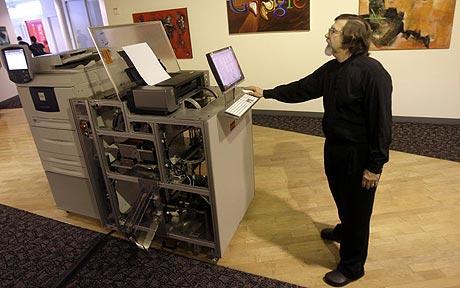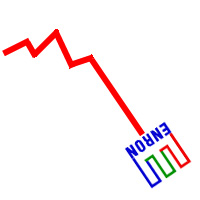Did you hear about 3-D printing? Today there are printing machines that are able to print in three dimensions, complex shapes.

They use much less material than conventional manufacturing (which starts from a large chunk of material and removes most of it through machining).
They build objects layers after layers, using perfectly controlled materials.
An article by The Economist on 3D printing highlights the current development status and the potentialities of the technology. By the way, the glove above was 3D printed.
So, let’s now cross the potentialities of 3D printing of objects with POD (print-on-demand). When will be the day where you find a nice new object in a magazine, will download the file and get it printed at the next door 3D printing shop?
No more worries of having to search store after store for that unique object of your dreams. Design it and print it!
Well that might come a few years later than for books POD, but that’ll come. And then manufacturing, in the Industrial Age meaning of mass production, will shrink significantly. Because we want to have unique objects, 3D objects POD will be the response. Only those basic components which benefit greatly from the savings of mass production will remained produced that way.
Are you ready for the revolution of 3-D objects print-on-demand?







